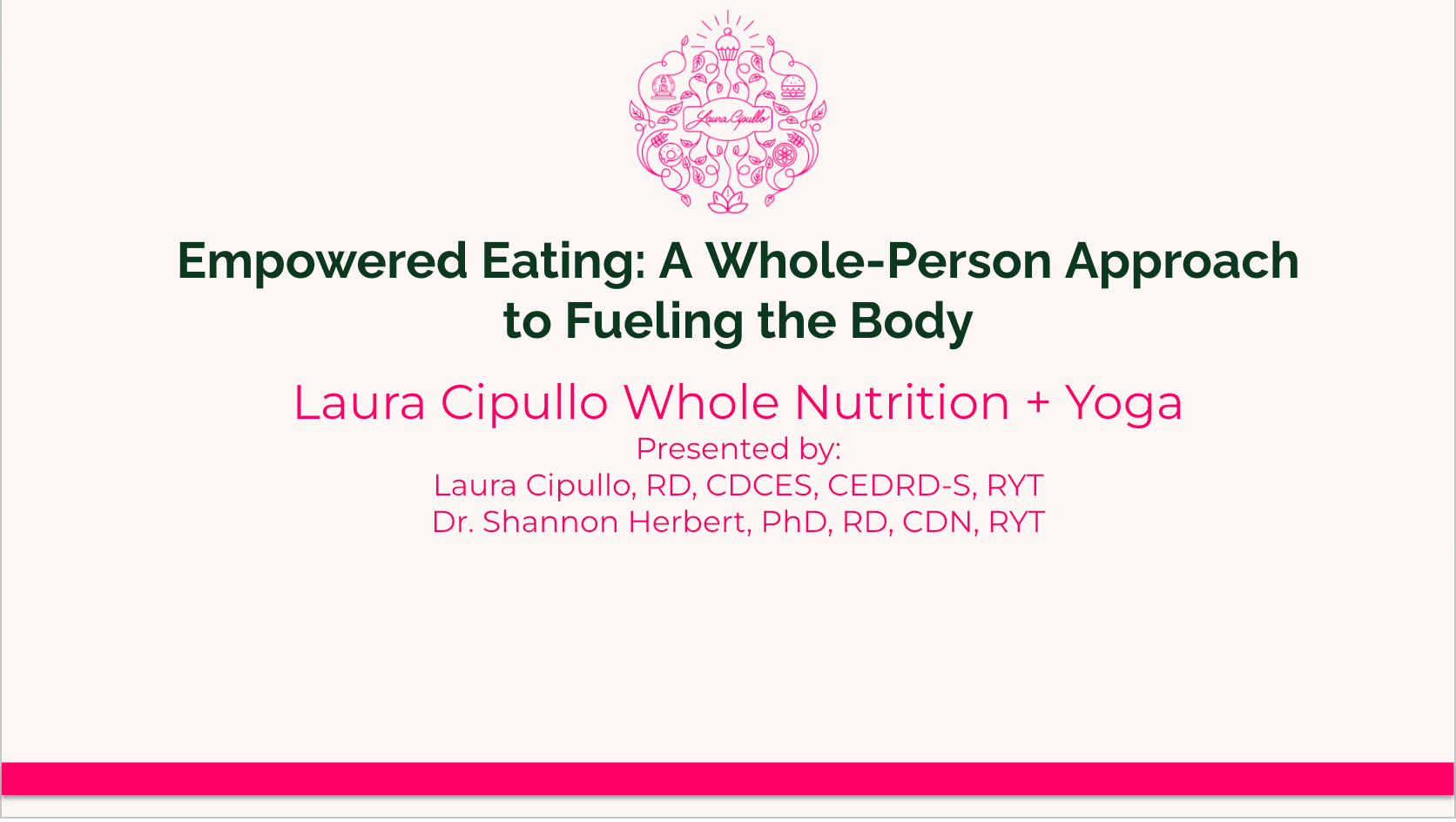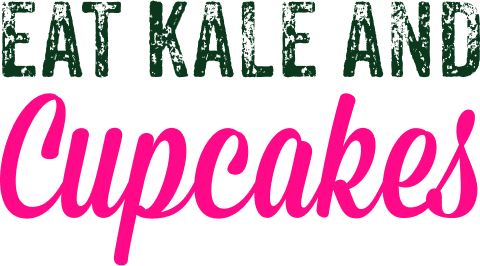Mastering Hunger and Fullness: A Guide to Reconnecting Your Body and Mind

by Rebecca Jaspan, MPH, RD, CDE, CDN
How do you know when you are hungry? How do you know when you are full? When we are babies, we are born with innate hunger and fullness cues. We eat when we are hungry and stop when we are full. Our body and mind are perfectly in sync—our stomach rumbles and sends a message to the brain to eat and without question, we eat until satisfied. As we grow up, this mind-body connection becomes more and more detached.
Ignoring our hunger cues becomes commonplace for a variety of reasons. You get pulled into a meeting and work through lunch, you skip breakfast in order to lose weight, or you don’t eat between meals even though that 3pm snack helps you get through the afternoon slump. In our busy lives we also tend to multitask- we eat breakfast in the car, lunch at our desks while working, and dinner in front of the TV. Each time we override internal cues to eat or eat mindlessly, our body loses trust in our brain. Eventually, these cues become increasingly murky and our brain can no longer distinguish what it means to be hungry or full.
When we aren’t in touch with our physical body a number of situations may arise. Our body may tell us we are hungry, but our brain signals that is a bad thing and we push this feeling away. Pretty soon the hunger gets so difficult to ignore that we may overeat or binge until past the point of fullness. This can cause shame, guilt, and more restriction. On the other hand, you may graze on small meals and snacks all day and never let your body get hungry at all. Eating when ravenously hungry and eating when already full are both often unpleasant eating experiences. When we can learn to listen to our hunger and fullness and reconnect mind and body, we regain trust in our bodies and transform once unpleasant eating experiences into highly enjoyable ones.
How do we heal this connection between mind and body? Enter the Hunger-Fullness Scale. This tool helps you learn how to tune into what your body needs and begin to eat more mindfully and intuitively. Using the hunger-fullness scale helps us to visualize and quantify our hunger and fullness cues and by listening to these cues, we gain trust back in our bodies.
Credit: alissarumsey.com
Before you sit down to eat a meal or snack, ask yourself where you are on the hunger-fullness scale. Ideally, we want to stay between a 3 and a 6 or 7; hungry and ready to eat to satisfied or no longer hungry. As you eat, continue to tune in and think about the scale. If you are having trouble identifying what number you fall under, ask yourself some more questions. Do you eat regular meals? Do you go too long without eating and wait until you are starving? Do you graze all day without feeling hungry?
Do this exercise a few times a day when you eat meals and snacks. Keep in mind that this scale may change on any given day. Some days you may be having a hungrier day and eat more meals or snacks before feeling full. Other days a smaller meal or snack may be satisfying. Additionally, sometimes it is normal to eat when we are not hungry such as when you are full from dinner but dessert sounds appealing. Learning to listen to our bodies’ innate hunger and fullness cues is a critical step in building trust in our bodies and bringing back the joy to eating.







